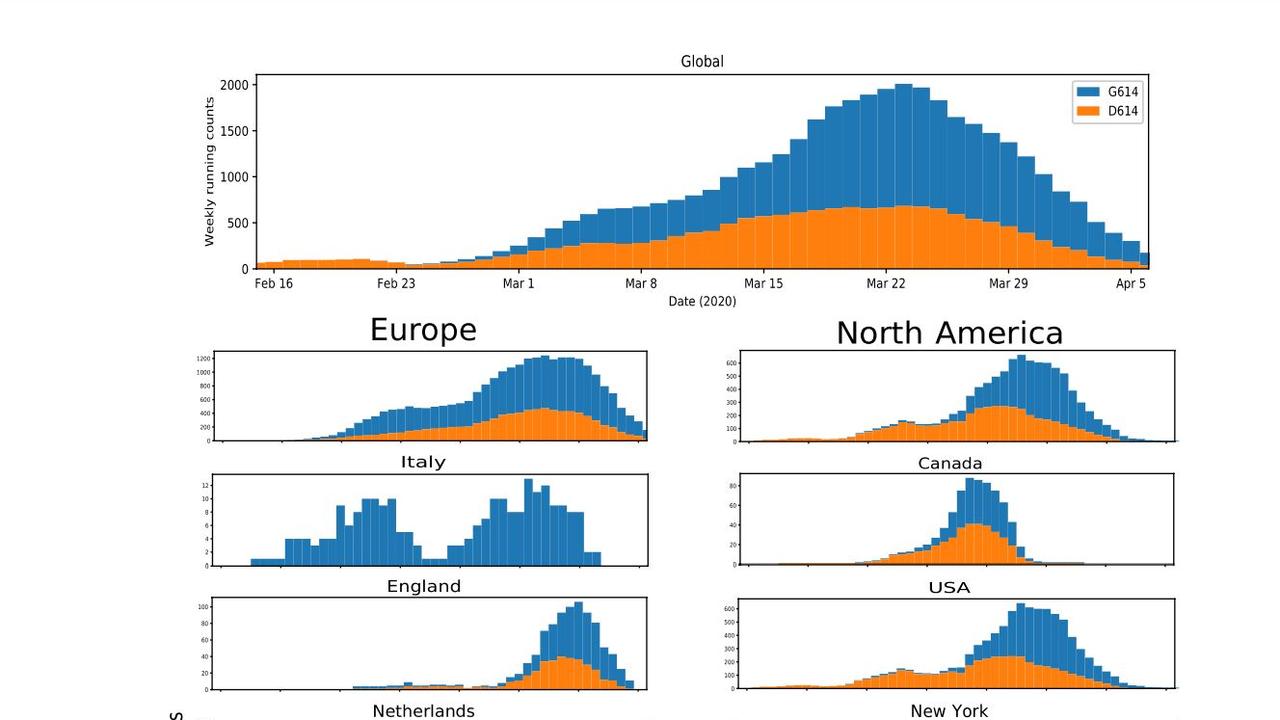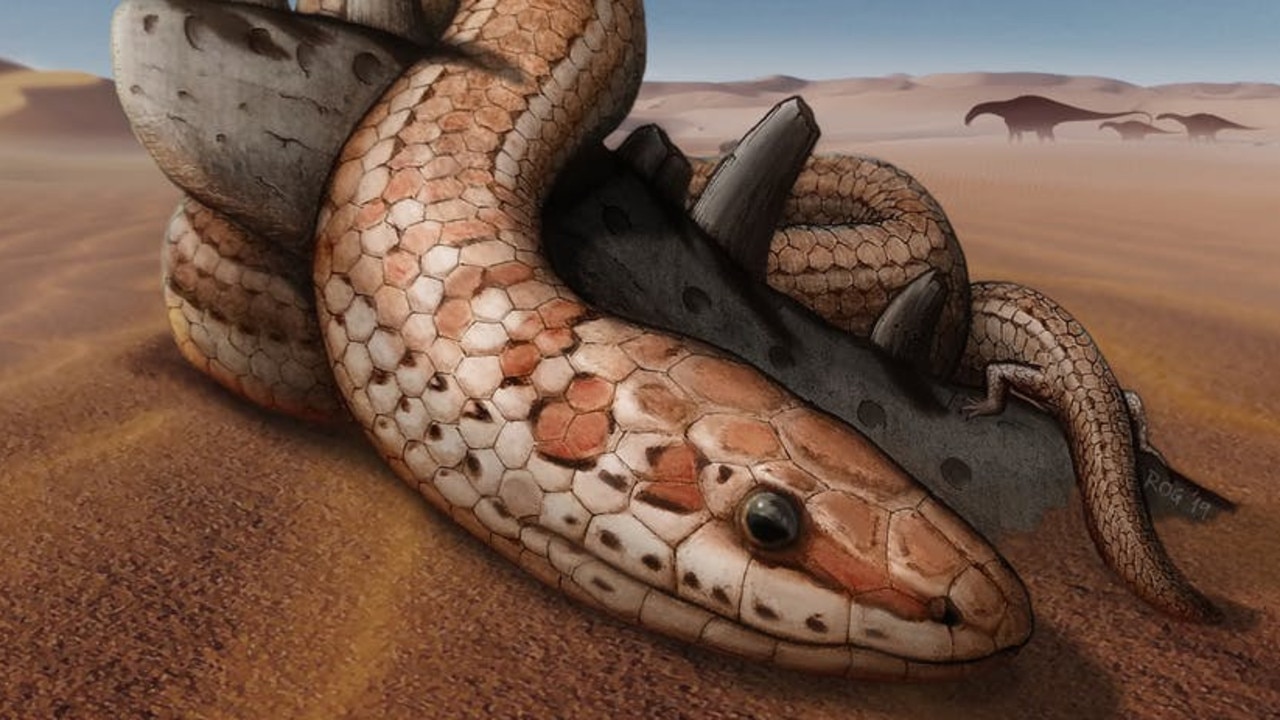Genetic study challenges Americas settlement theories by linking Amazonians and Australasians
DID an ancient tribe of Australian Aborigines colonise the Amazon? Unexpected new DNA results may have uncovered a long-forgotten wave of migration some 15,000 years ago.
DID an ancient tribe of Australian Aborigines colonise the Amazon? Unexpected new DNA results may have uncovered a long-forgotten wave of migration some 15,000 years ago.
The established thinking is that the first Americans were descended from a single wave of Eurasian tribes that had crossed an ancient “land-ice bridge” between Alaska and Russia into a New World — when the climate was much cooler and sea levels lower.
It’s an idea seemingly supported by a report published this week in the journal Science: It presents evidence Native Americans entered the Americas as a single wave.
But another genetic study by Harvard University published in the journal Nature yesterday is a direct challenge to this idea.
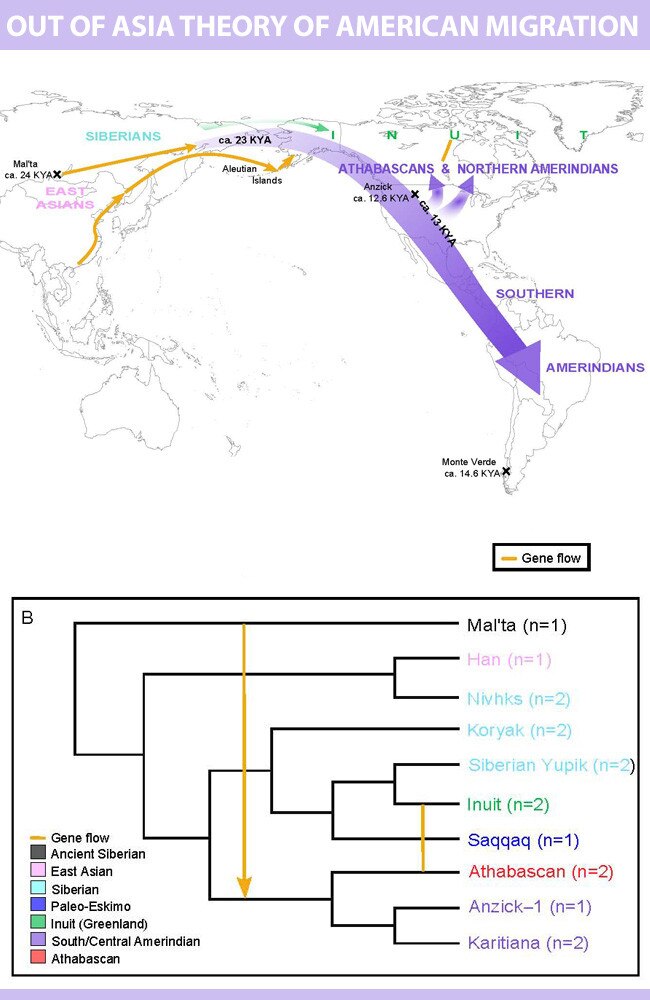
“There’s a strong working model in archeology and genetics that most Native Americans today extend from a single pulse of expansion south of the ice sheets — and that’s wrong,” says Harvard Medical School professor of genetics David Reich. “We missed something very important in the original data.”
The researchers sampled a selection of 30 largely isolated native tribes living in Central and South America.
Their results were startling.
Unlike their surrounding cousins, the tribes living deep in the Amazon rainforest produced a distinct Australasian signature. Other surrounding tribes showed ties to Papua New Guinea and the Pacific Islands.
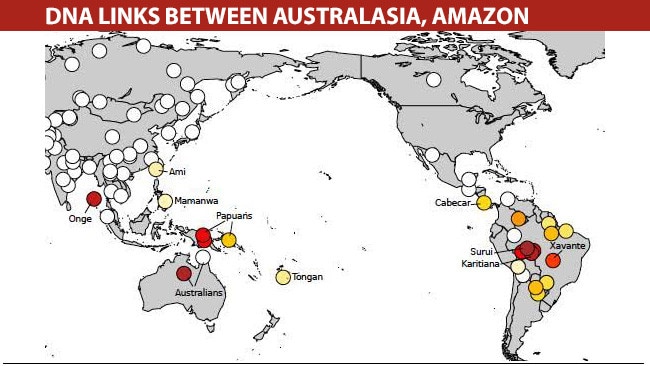
“This finding was really surprising to us,” says study lead author Dr Pontus Skoglund, of the Harvard Medical School in Boston. “Most genetic studies to date have basically found that all North and South Americans come from a single ancestral source population. That’s not what we found.”
It’s not the first time the notion that the Americas had been settled by a single group has been challenged.
Studies of skulls had revealed a group with different features to the Asian origins of most modern Native Americans. The skeletons — largely found in Brazil — displayed similarities to Oceanic, Pacific Islander and even African peoples.
It was this disparity which spurred the new study.
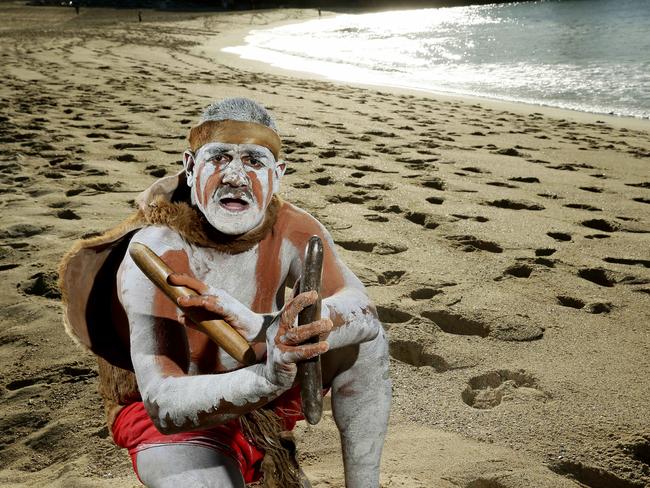
Exactly when and how this Pacific-sourced wave of migration happened is not yet certain. But the legacy of the group — named in the study as “Population Y” — appears strong.
“That was an unexpected and somewhat confusing result,” Professor Reich says in a statement. “We spent a really long time trying to make this result go away and it just got stronger.”
Specifically, the Tupi-language speaking Surui and Karitiana tribes and the Ge-speaking Xavante of the Amazon rainforest are more closely related to Australasians than any other Native American people.
Whoever the “Population Y” progenitors were, they do not appear to have had any measurable DNA impact on other native groups in the Americas.
“We’ve done a lot of sampling in East Asia and nobody looks like this,” Dr Skoglund says. “It’s an unknown group that doesn’t exist anymore.”
“The new genetic data is surprising, but importantly the authors don’t make the claim that indigenous Australasians travelled to South America by boat,” says University of Adelaide ancient DNA expert Dr Jeremy Austin. “Instead, it seems that a small group of Australasians may have travelled around the Pacific Rim, leaving no genetic trace, finally settling in and surviving only in the Amazon Basin.”
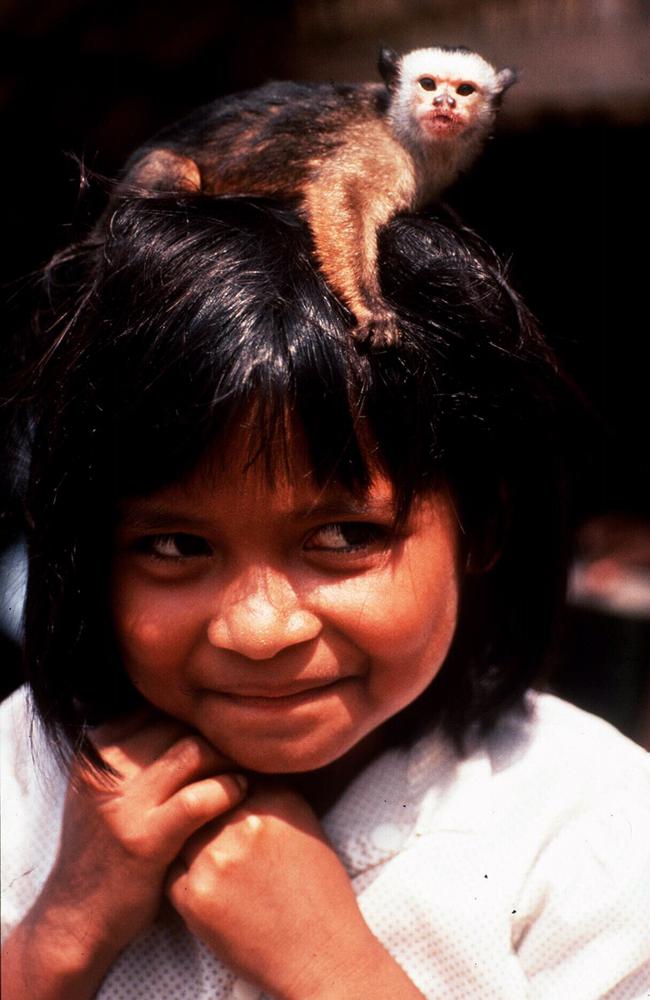
“We cannot say much about the story of how this genetic link came about,” Dr Skoglund told science blog Live Science. “This finding just raises more questions we need to answer about American history.”
The only chance to unravel the mystery of “Population Y” would be to locate the remains of one of the original settlers, the study’s authors say. Those Brazilian skeletons displaying Australasian features may provide a start point for just such an investigation.
“This new research highlights the power of new genomic approaches to understanding human evolution in general, and the peopling of the Americas specifically,” Dr Austin says.


